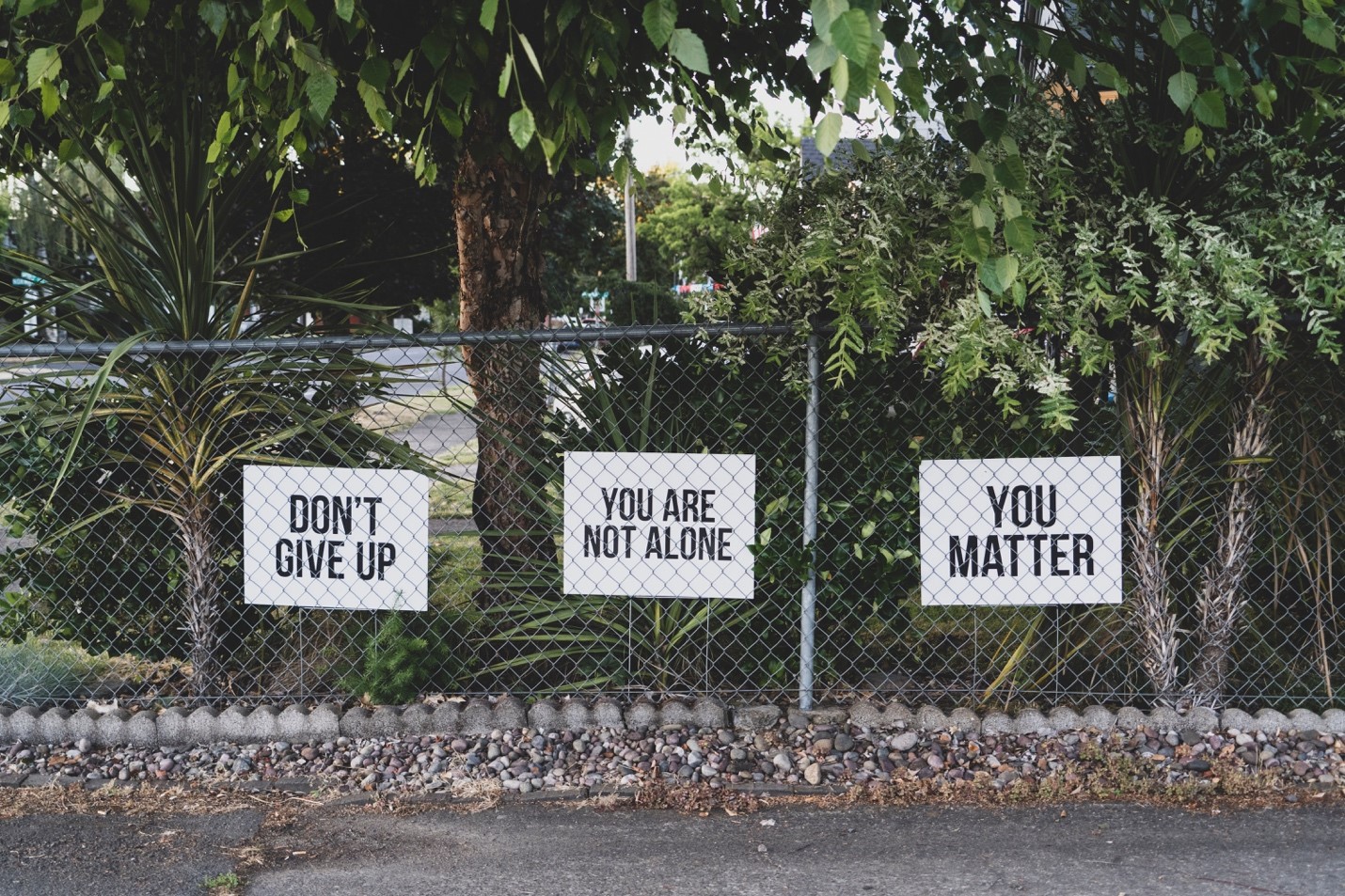
Does Going to the Grocery Store Make You Anxious? Here Are Some Tips to Help Shopping Become a Better Experience
Catherine Sangi, LPC Do you avoid, or are you reluctant, to go grocery shopping due to anxiety? The entire grocery shopping experience comes with a ton of sensory input, decision making, and variables that are out of our control. Try these 7 tips and tricks to make your next grocery store experience more manageable and perhaps even enjoyable. Get Prepared Start by making a list of breakfasts, lunches, and dinners you plan to eat over the next week. Next, write out the ingredients you need for the meals. Organize Your List Organize your list by sections of the store: fruits/ veggies dairy/ cheeses meats/ seafood bakery/ bread frozen foods spices/ baking pantry items – pasta/ rice/ canned goods Choose Your Shopping Time Wisely Google Maps released an article in 2020 highlighting that Saturdays 12PM-3PM tend to be the busiest shopping time while Mondays at 8AM are the least busy. Of course, all stores are different and there’s no way to predict the store’s occupancy at any given time, but you can follow the trends. Be Mindful About Which Grocery Store You Choose You know those grocery stores that have narrow aisles, bright fluorescence lights, only big shopping carts, and stockers at all hours of the day blocking the shelf you need to get to? This could be a recipe for sensory overload. It may be difficult to find a store that checks all of your boxes for a peaceful sensory experience but decide which are the most important to you and pick your grocery store based on those factors. Focus On The Senses You Can Control Chewing on gum, using headphones, and wearing your most comfortable hoodie are modifications you have control over. A more in-depth sensory diet before, or after shopping could also help with our self-care. Check out this article to understand different ways to implement a sensory diet. Prepare yourself for small talk at check-out Self check-out can be great to avoid human interaction If self check-out isn’t an option, try to remember that even if you feel awkward interacting with others, they likely don’t even notice because they are focused on their own concerns. Reward Yourself! You did it! You survived the grocery store. Now reward yourself with your favorite coffee, ice cream, take-out, etc.! Having something to look forward to throughout the shopping experience can also make it easier to get through.











